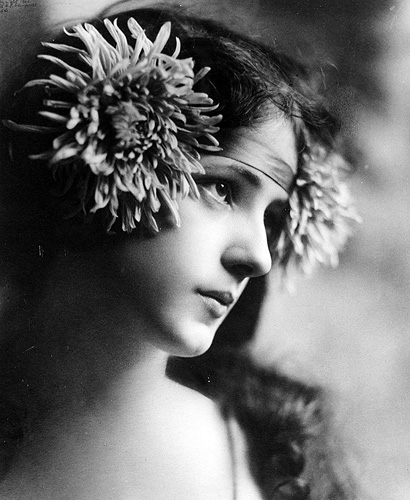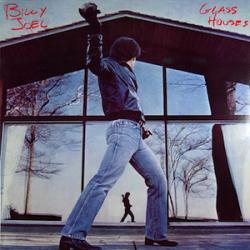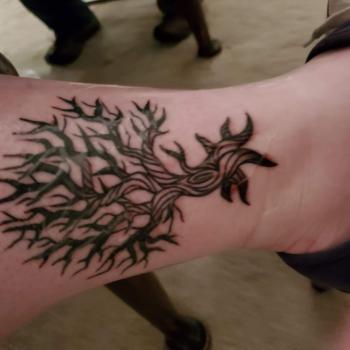
What comes to your mind when you hear the phrase “Traditional Femininity”?
Maybe it’s Doris Day’s 1960’s thirty-year-old chic, innocent but not naive radiance in career sheaths and adorable pillbox hat and gloves? Maybe it’s the 1950’s serene Grace Kelly with her elegant Dior or Helene Rose full-skirted gowns, heels, pearls or diamonds, sunglasses, and driving gloves. Or maybe it’s earlier. Like the 1940’s luminous Donna Reed in the more structured, Spartan wartime dress. Or 1930’s Ginger Rogers’s fantastical ballroom allure? Or even 1920’s fragile, doll-like Lillian Gish?
I’m sure there are some readers who envision only a plaster statue of the Virgin Mary, with glass downcast eyes, no exposed wrists or collarbones, and a small, delicately painted mouth. These varied visions all have something in common. For one, they are all idealizations of beauty and grace that appeal to Western—European or White American—standards. Secondly, they appeal to an upper class lifestyle that most women could not easily measure up to. Thirdly, none of these idealized women are over 45, or permitted to look it if they are. But the most important thing they have in common is that they are all varied and hence could not all possibly be the actual standard for “traditional.”
And that’s, of course, because they are not.
Could each of those women and their highly collaborated manufactured images hear you describe them as examples of a traditional feminine aesthetic, they would likely each scoff and say, “I’m Modern. This is a very new, very daring look.” Yes, even the statues of Our Lady have undergone countless fashion changes over the centuries. And in all probability, none of these renditions look anything like the unmanicured, unwaxed, unpainted, middle-aged brown woman of Nazareth that inspired all of them.
It is the same problem no matter how far back in history you go. Unlike the Sacred Tradition that informs our faith, tradition in aesthetics, fashion, etiquette, and deportment is largely myth.
There is no faithful adherence any more than there is truly any pure novelty.
Today I scrolled through an online shopping site that described a little black dress with bell sleeves as “classic” and a floral print romper as “a new trend.” Never mind that Audrey Hepburn’s popularization of the Little Black Dress didn’t occur until the sixties, and our current fascination with bell sleeves is a quirk recycled from the seventies. As for floral print rompers, they are as new any Frankensteinian cobbling of the nineties with the 2010’s can be expected to be.
Some might object, “Alright, maybe none of our mothers, grandmothers or great-grandmothers, or even great-great-grandmothers really were following a traditional formula for expressing their femininity. And perhaps none of them had the glitz and glamour of Hollywood fantasy. But they all were trying to be feminine! And that’s really all that we mean when we say “traditional femininity: that women should cherish their femininity and not try to look like or act like men.”
And how did our grandmothers and great-grandmothers manage this feat?
Were they constantly worrying that they weren’t real women or weren’t feminine enough” How would—and did—flappers respond to criticisms that they were unladylike and unfeminine? How did their daughters respond when their mothers told them they shouldn’t work in manufacturing plants because that was men’s work up until that point? And when their daughters fought for Civil Rights and workplace equality, do we really imagine that they never heard themselves described as unfeminine, as trying to be men?
The problem with these objections appealing to some vague ideal—an ideal that is supposedly universal, yet still as varied and in flux as the men who dream it—is that it is not only burdensome and unattainable, it is subversive.
If the very charm and power of femininity lies in the woman herself and in her self-cherishing, then it by necessity does not reside in, nor can be reduced to, what the man on the street would have it be. Even if all that the man on the street wants is for the woman to smile at him. If the woman herself naturally wants to walk about her business without glancing at, smiling at, or talking to strangers, then she is feminine as she does so. She is not more or less feminine if she quickens her pace to escape, laughs nervously, or blushes, or icily hails a cab, or scornfully flips the stranger off.
These are all feminine responses from feminine subjects.
However, if “traditional femininity” consists in women’s perceived use and pleasure to men, then none of our fore-mothers were respectably “feminine” according to this varied and fluctuating standard, either. All of them, all women, have had to go through their lives braving the displeasure of men, just as they braved the displeasure of other women and children.
This is part of being true to oneself. Even if one tries to jump through every social, cultural, political, and religious hoop to obtain optimal people-pleasing, inevitably the lesson from Aesop will be learned—the fable of the man, the boy, and the donkey is repackaged and recast each day under the title of “The Lady and Her Lipstick.”
And just as our fore-mothers did, all of our female—dare I say, feminine—descendants will learn to navigate their own path between fashion, love interests, muses, and themselves. And they will be likewise puzzled by each peer who claims that their choices are either somehow “traditionally feminine” or “unorthodox and unfeminine.”
Maria Mochow writes for The Christendom Advocacy and Support Coalition, a project by Dinah’s voice. She has a BA in English Language and Literature and resides in Virginia.
Image Credit: https://commons.wikimedia.org/wiki/File:Eickemeyer_nesbit.jpg#/media/File:Eickemeyer_nesbit.jpg












